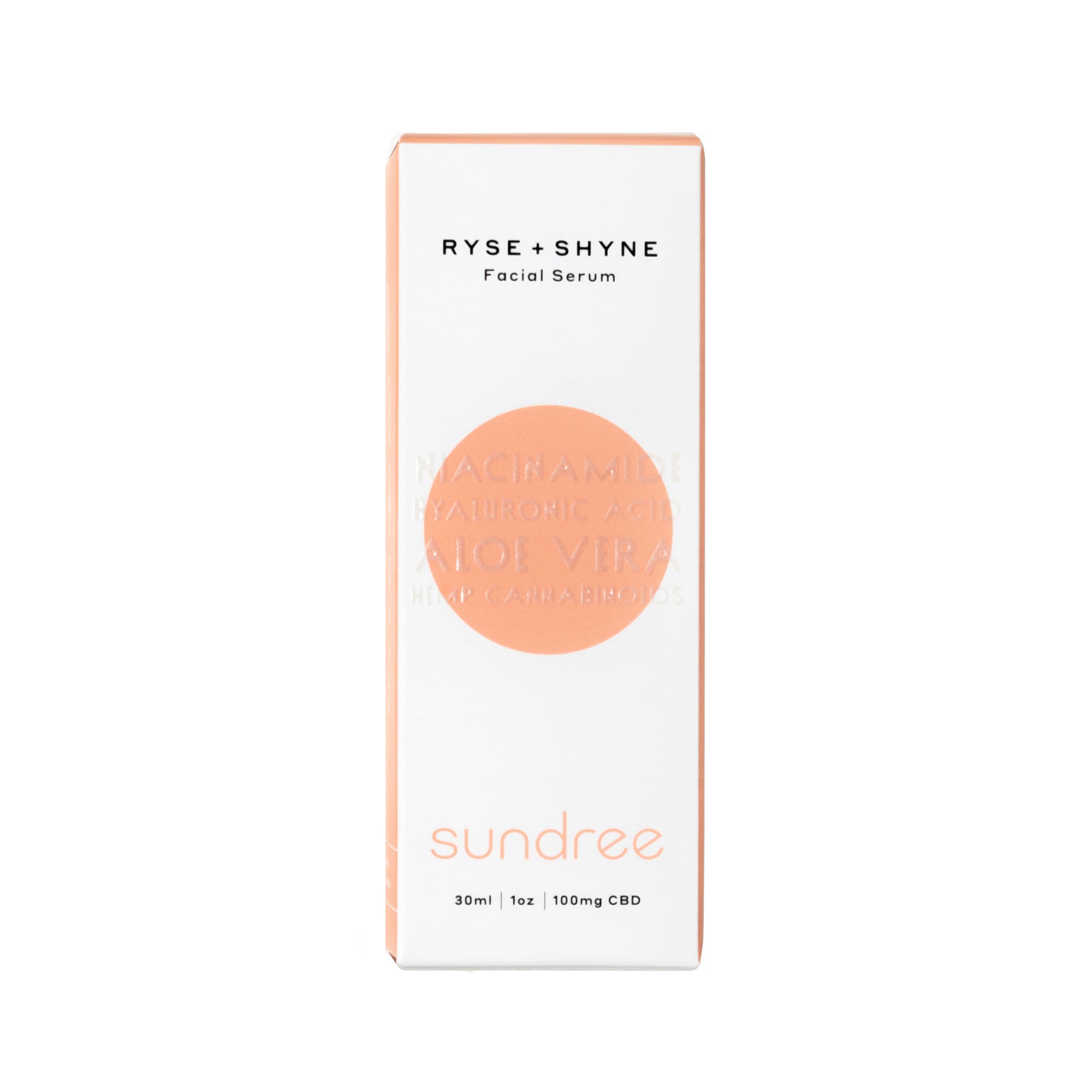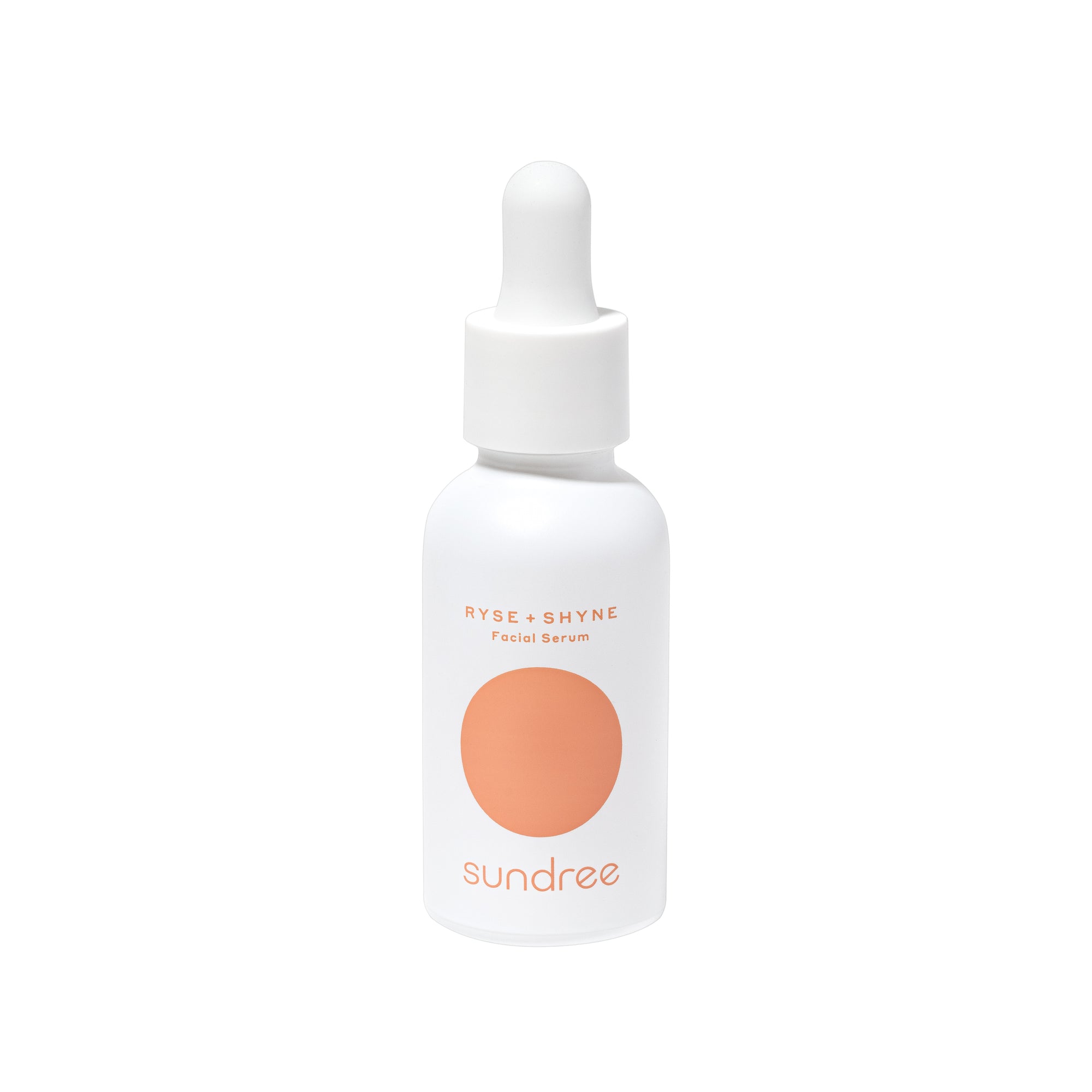Are you striving to achieve a smooth, firm, and glowing complexion? Of course, we all aspire and make efforts to attain the skin of our dreams. However, when it comes to pampering the skin, you may have come across products with Alpha Hydroxy Acids. Alpha Hydroxy Acids, aka AHAs, help treat and manage a number of skin issues. If you’re not well-versed with what AHA’s are, how they work and what they can do for your skin, keep on reading!
What are Alpha Hydroxy Acids?
AHAs are the group of naturally occurring acids that are obtained from many plant and animal-based sources. The common sources of AHAs are sugars present in fruits and milk. These acids are added to many skincare formulations, including anti-aging, anti-acne, and brightening toners, cleansers, serums, moisturizers, masks, and creams. They are also often used in clinics by professional estheticians and dermatologists via chemical peels in a concentrated form. When formulated properly, these acids can sink deeper into the skin and increase the skin’s exfoliation process.
How Do AHAs Work on the Skin?
AHAs in skincare products work by exfoliating the skin, accelerating the cell renewal and regeneration process. When you apply a skincare product with an AHA in it to the skin, it breaks down the glue-like substance in the skin that holds the cells together. This, in turn, speeds up the growth of more cells and encourages the cell turnover rate. As the skin’s top layer is sloughed off, fresher, smoother, plumper, and even-toned skin is revealed underneath.
Benefits of Using AHAs for the Skin
Here are a few ways AHAs in skincare products can benefit your skin:
- Exfoliate the Skin - Exfoliation is the natural process where your skin regularly sheds cells off of its surface and replaces them with newer cells. As you age, the skin’s ability to regenerate slows down, leading to a stack of dead cells on the skin's surface, which can lead to skin issues like acne breakouts, dullness, blackheads, loss of elasticity, dehydration, and enlarged pores. Topical AHAs can help keep the process of exfoliation running smoothly, ensuring a healthy and vibrant complexion.
- Brighten the Skin - Often, the cause behind the dull and discolored appearance of the skin is the accumulation of dead skin cells. Also, as the outer damaged layer of the skin is removed, it may help to reduce hyperpigmentation. Hence, another reason to opt for skincare products with AHAs and AHA peels is if you’re struggling to treat dullness, age spots, sun spots, post-inflammatory hyperpigmentation, or melasma. When AHA sloughs away the upper, dead layer of skin cells, it breaks down the outer layer of the skin, revealing the underlying brighter and even-toned layer. This is why skincare specialists often recommend AHA peels to treat hyperpigmentation because they work on a deeper level and deliver faster results.
- Accelerate Collagen Synthesis – Collagen is significant in keeping our skin looking and feeling its best. This protein-rich fiber is essential for plumper skin.¹ However, unfortunately, its production slows down with age and other factors that cause the breakdown of these fibers, leading to a drop in its levels in the skin. As the upper layer of the skin is removed by AHAs, they can further penetrate the skin and work on the dermal layer to encourage the production of collagen.
- Minimize Wrinkles and Fine Lines - AHAs are pretty popular for their anti-aging features, which include visible reduction in the appearance of surface wrinkles and fine lines. Also, the collagen-boosting action of AHAs help in reducing and preventing sagging of the skin, resulting in lesser wrinkles and fine lines. AHA skincare products help to achieve smooth and elastic skin. Regular use of AHAs can significantly improve the overall texture and elasticity of the skin.
- Prevent and Treat Acne - One of the primary reasons behind acne formation is the accumulation of dead skin cells in pores, that give rise to blackheads and acne breakouts. When this buildup of dead cells combines with bacteria, dirt, and oil, it can worsen the problem and lead to inflammatory acne. To avoid these problems, it’s crucial to remove dead skin cells lying in the pores. Using AHA exfoliators regularly can keep the pores clean and reduce present acne and pimples and prevent future acne breakouts. Lactic acid and glycolic acid are very commonly used for treating acne and acne scars.²
- Encourage Better Microcirculation - As we know that blood works to transport nutrients and oxygen to the skin, a steady and prompt supply of blood is necessary for providing the skin with all the material it needs for optimal appearance and functioning. Exfoliating the skin with AHA products can stimulate better blood flow to the cells, ensuring that a higher amount of oxygen and nutrients reaches the cells. As a result, you’ll notice a reduction in the dull, saggy, and uneven appearance of the skin.
What Are the Different Types of AHAs?
A number of naturally sourced AHAs are used in skincare products throughout the skincare industry. Below are some of the most commonly found AHAs in skincare formulas and how they work on the skin:
- Glycolic Acid - This smallest member of the AHA group is mainly derived from sugar cane, while other sources include apples, beetroots, pineapples, and citrus fruits. Some of the skin problems that can be treated with glycolic acid include clogged pores, discoloration, wrinkles, acne breakouts, dryness, and dehydration. It’s also known for its toning and exfoliating abilities. Glycolic acid is one of the most effective and safest AHAs, which has the ability to enter deep into the skin due to its small molecular size.
- Lactic Acid - This AHA is known for its gentler nature as compared to glycolic acid. It works without causing irritation or redness to dry and sensitive skin. Lactic acid is used for its moisturizing, hydrating, anti-aging, and lightening benefits for the skin. It restores moisture in the skin and prevents water loss by strengthening the lipid barrier. Also, lactic acid reduces hyperpigmentation.
- Mandelic Acid - Bitter almonds are the source of this type of AHA. It’s also one of the gentlest AHAs, which are great for sensitive skin. This acid is commonly raved about for its acne-fighting effect. However, it can also be helpful in reducing wrinkles, hyperpigmentation, dehydration, and even skin texture. In addition to promoting cell turnover like other AHAs, it improves collagen production, reduces the levels of melanin in the skin, restores skin’s hydration, and reinforces the skin’s lipid barrier.
- Citric Acid - As the name suggests, this AHA comes from citrus fruits, such as oranges, limes, grapefruits, and lemons. Citric acid works as an excellent pH adjuster, a natural exfoliator, an anti-aging agent, a skin brightener, a hydrator, and a lipid barrier protector. It can take care of skin problems, from enlarged or clogged pores and discoloration to wrinkles and fine lines. Citric acid is also a gentle acid, considered suitable for all skin types.
- Malic Acid - Is also sourced from fruits and vegetables, with apples being the richest source of malic acid. This member of the AHA family is used in skincare products aimed at brightening, tightening, and smoothing the skin. Malic acid also helps to balance the skin’s pH level, fight acne, and remove the dead skin buildup. Moreover, this active compound acts as an incredible humectant ingredient, which retains and preserves moisture in the skin cells, helping to keep it healthy and protected against oxidative stress.
- Tartaric Acid - Obtained from grapes, tartaric acid is one of the new buzzy skincare agents in the skincare world. Just like other AHAs, this acid also loosens the bond between the cells, helping to boost the removal of dead cells and replacing them with newer, healthier cells. Other reasons to add this gentle and non-irritating acid to your skincare regimen include its exceptional power of enhancing skin tone and texture, improving the skin’s elasticity, and reinstating the skin’s hydration level.
Are There Any Side Effects of AHAs?
It’s critical to know about the potential side effects of any skincare ingredient before adding them to your skincare routine. As far as AHAs are concerned, their main side effect is redness, flaking, stinging, and itching. To evade these problems, it’s advised to start with a lower concentration and then move to a higher concentration as your skin develops tolerance.
Also, if you have dry and sensitive skin, opt for gentler AHAs or products with low concentrations of AHAs. It’s best to start with skincare products with lesser than 10% concentration of AHAs. Additionally, your skin may become more sensitive to the sun when using and AHA. Therefore, you’ll need to be more cautious while going out and apply sunscreen daily to avoid sun damage.
Final Thoughts
Alpha hydroxy acids are cherished in the skincare world for their innumerable skin benefits. The main skin benefit that AHAs are known for is their natural exfoliating power. In fact, the exfoliating effect is the base for all other skin benefits AHAs propose when used in skincare products. AHAs are commonly used to treat and prevent skin issues like acne, hyperpigmentation, wrinkles, dullness, and dehydration and it’s recommended to start with a product containing low levels of AHAs to avoid any adverse effects.³
Citations:
- Moodie, Alison. (2019). ‘Why your Skin Needs Collagen To Stay Young’, Bulletproof, Accessed January 6, 2022. Available at: https://www.bulletproof.com/supplements/macronutrients/collagen-benefits-for-skin/
- Brazier, Yvette. (2017). ‘What you need to know about acne’, MedicalNewsToday, Accessed January 6, 2022. Available at: https://www.medicalnewstoday.com/articles/107146
- De Pietro, MaryAnn. (2019). ‘What You Should Know About Hyperpigmentation’, Healthline, Accessed January 6, 2022. Available at: https://www.healthline.com/health/hyperpigmentation













